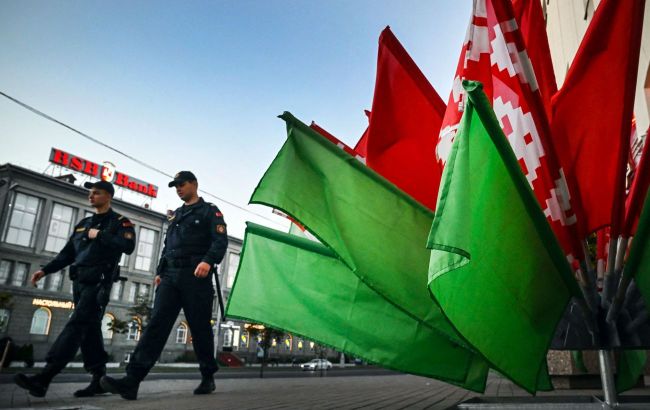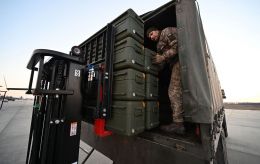Belarus boosts weapons production for Russia: Intel reveals details
 Photo: Belarus is increasing military production for Russia's needs (Getty Images)
Photo: Belarus is increasing military production for Russia's needs (Getty Images)
Recently, demand for Belarusian defense technologies has risen sharply, as Russia seeks alternative sources of supply for drone and missile components amid new sanctions, according to the Foreign Intelligence Service of Ukraine (FISU).
"The government of Belarus is speeding up the launch of production facilities related to drones, dual-use electronics, and aiming equipment. Projects with military potential have become a priority in the country’s innovation strategy, which previously focused on civilian industries – from agricultural machinery to pharmaceuticals," the intelligence report notes.
The FISU adds that investments in Belarus's military-industrial complex are increasingly becoming urgent. According to plans, most army-related facilities are to be built and put into operation within a year and a half.
Which factories are expanding their capacity
In particular, we are talking about a factory for the production of composite elements for drones, created on the basis of the Research and Development Center for Multipurpose Unmanned Systems. The project was frozen in 2020 but resumed after the start of the war. By the end of 2024, the plant had been built and equipped, and in February 2025, it was launched. In March, it reached full capacity.
Similar dynamics can be observed at Zenit-BelOMO, where the production of sights and auto components is being launched, targeting the domestic market and partners from the CIS countries.
The Integral enterprise is also continuing to expand its production capacity for the manufacture of dual-use electronics. This includes microchips that the Russian Federation can use for guidance systems in Kh-101 missiles. The new workshop is scheduled to be commissioned in December and reach nominal production levels in 2026.
Belarusian economy
In the first half of 2025, the Belarusian economy effectively lost momentum. GDP growth slowed to 2.1%, which is significantly less than in the same period of 2024.
The main reason for the decline is the collapse of agriculture, which lost 8.1% on an annualized basis. An additional blow was the sharp decline in supplies to the key market—Russia. The situation is complicated by Russian economic stagnation. In the first quarter of 2025, Russia lost 4% of its GDP in annual terms.

